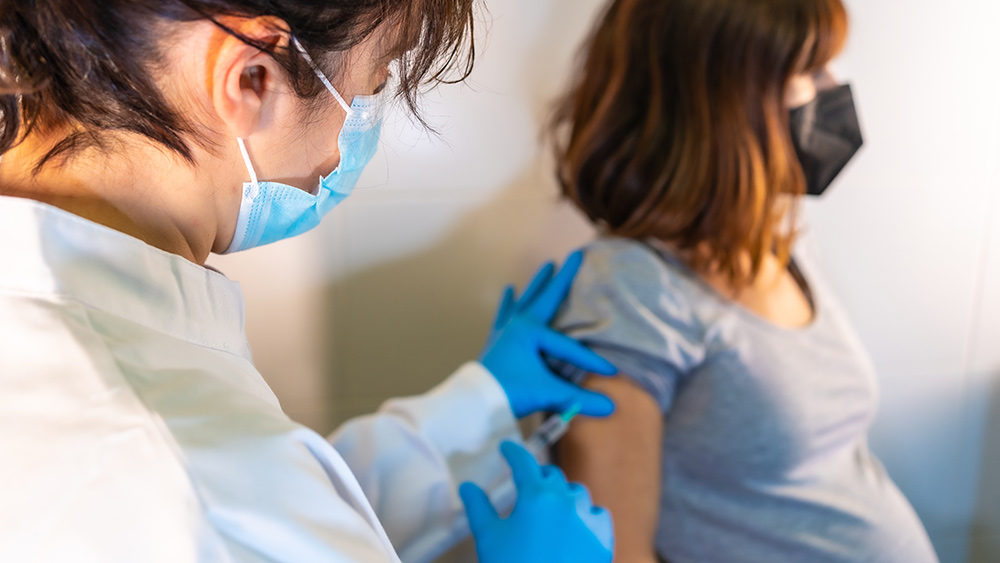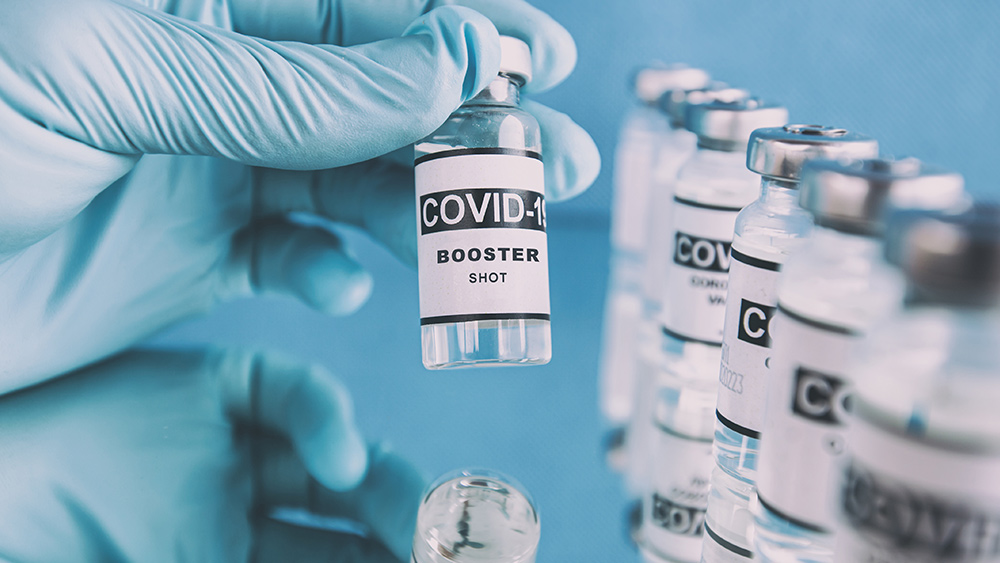Vitamin D can STOP the development of liver problems, researchers find
12/25/2018 / By Cassie B.

Many health-conscious people worry about maintaining a healthy weight and keeping their blood pressure or cholesterol under control, but few people give much thought to their liver – until something goes wrong. Unfortunately, that’s far more likely than you might think as 20 to 30 percent of Americans are now said to have non-alcoholic fatty liver disease. The good news is that there is something you can do to keep your liver healthy, and it could be as simple as stepping outside a few times a week.
An international team of researchers from the U.S., India and Saudi Arabia recently carried out a review, and they concluded that vitamin D can prevent and treat liver diseases, including liver cancer.
They reported that all of the body tissues that govern cell proliferation and immune function contain vitamin D receptors, underscoring the big role the vitamin plays in disease. According to the researchers, vitamin D can affect the expression of genes. In addition, changes to the vitamin D receptors and gene expression are factors in non-alcoholic fatty liver disease, hepatitis C, infection, and other chronic liver diseases. The vitamin can stop liver cells from proliferating, and it’s also believed to have anti-cancer properties.
One prospective study that looked at more than 33,000 individuals revealed that sufficient vitamin D intake could reduce the risk of developing liver cancer by an incredible 50 percent. It’s a thrilling finding given the fact that 24,000 people succumb to this aggressive cancer each year.
They also found that vitamin D could potentially serve as a good therapy against chronic hepatitis C infection by impairing the virus’s ability to replicate and slowing its spread. It also helps to stop the liver scarring associated with the illness. In addition, getting sufficient vitamin D lowers the chances of metabolic syndrome by 67 percent.

This is supported by the fact that people’s vitamin D intake has been found to play a role in the prevention of liver disease complications such as cirrhosis, liver cancer and inflammation.
On the flip side, a vitamin D deficiency has been strongly associated with the development of nonalcoholic fatty liver disease. This occurs when a person has excessive fat in their liver but does not have a history of abusing alcohol.
Insufficient vitamin D levels are also linked to advanced liver cancer progression. As you might expect, low vitamin D levels are also associated with greater inflammation and liver scarring among hepatitis C patients.
Vitamin D deficiency is widespread but easy to turn around
A vitamin D deficiency occurs when you have serum levels that are less than 25 nanograms per milliliter. However, many integrative healthcare providers believe that the optimal range is between 50 and 80 nanograms per milliliter. You can find out where you stand with a simple blood test.
If you are one of the 40 percent of Americans who are deficient in this liver-healing vitamin, it’s easy to get more of it. Although you can find it in foods like wild fish, mushrooms, and eggs, it’s hard to get enough through diet alone.
For many people, simply stepping outside is all it takes to sort out their vitamin D levels. The precise amount of time you’ll need depends on a lot of variables, like your latitude, the time of day, the sun’s angle, and your skin tone. It’s usually a matter of minutes, not hours, and it’s not something you need to do every day. It’s also important that you don’t wear sunscreen as this can thwart your efforts to spur your body to produce the vitamin.
You could also rely on supplements if going outdoors isn’t an option. There are many on the market, so choose your source carefully and look for vitamin D3, or cholecalciferol, rather than the less effective vitamin D2.
With so many benefits to your liver waiting to be unleashed, you owe it to yourself to ensure that you’re getting enough vitamin D.
Sources for this article include:
Submit a correction >>
Tagged Under:
hepatitis C, Liver, Liver cancer, liver disease, liver health, natural medicine, natural remedies, nonalcholic fatty liver disease, nutrients, prevention, research, supplements, vitamin D
This article may contain statements that reflect the opinion of the author





















